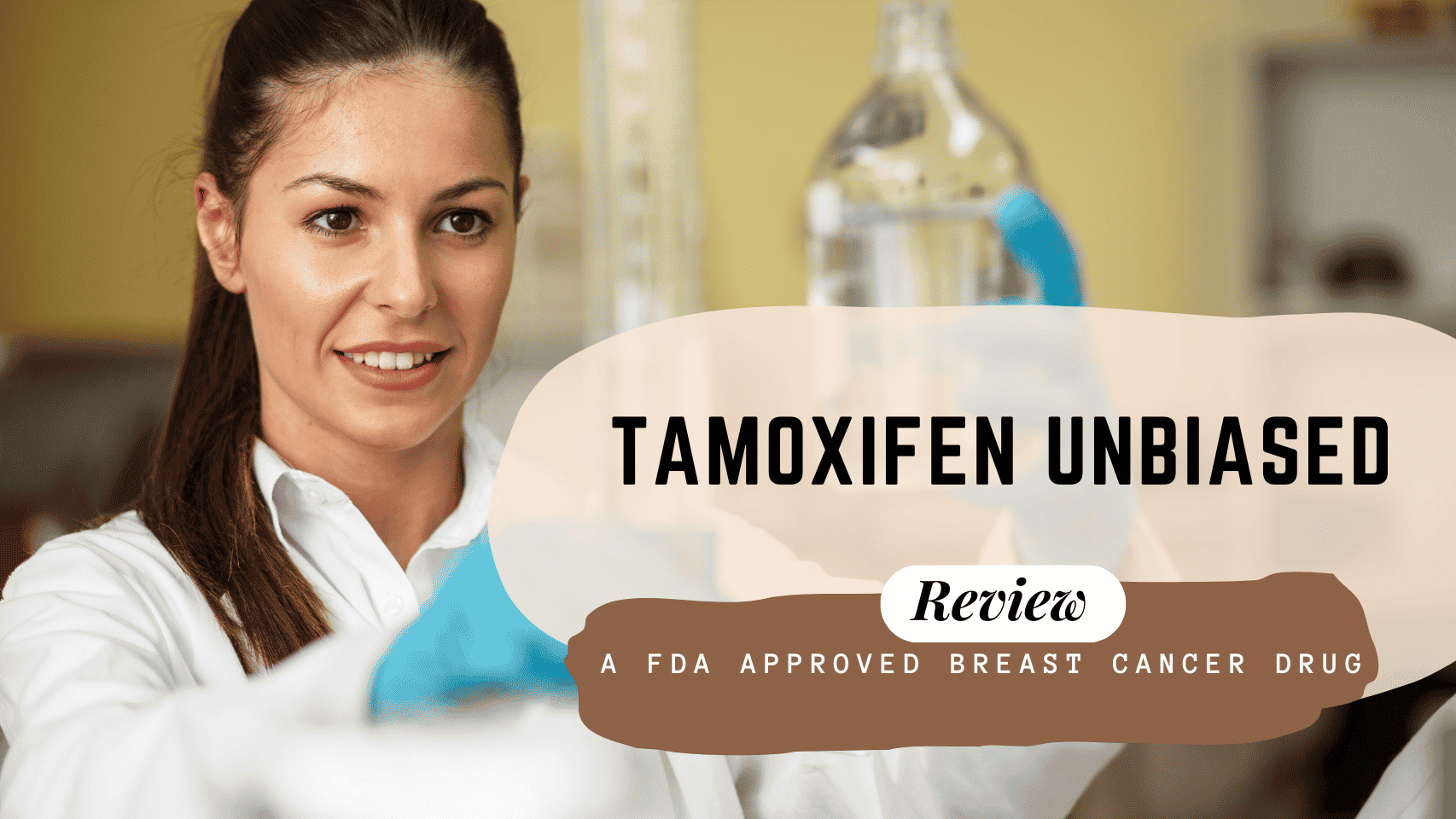The ratio of breast cancer in females is increasing drastically every day, and immediate and on-time treatment for it is necessary.
Therefore, a drug named Tamoxifen is specially made to treat breast cancer and also reduces its chances in people with a high risk of it.
Its plus point is that it got approved by the FDA in 1998, and since then, it has been widely used for the treatment of breast cancer.
We have discussed in detail its result, benefits, dose and side effects. Please give it a read to know more about Tamoxifen!
What is Tamoxifen?
Tamoxifen is an effective drug which treats hormone-positive or hormone receptor-positive breast cancer. Along with treating breast cancer, it also helps to prevent it.
It got its approval from FDA in 1998; since then, it has been used widely for breast cancer treatment and prevention.
Moreover, tamoxifen also prevents the process of osteoporosis in females in their menopause and lowers cholesterol too.
But with all the benefits, you also need to consider its side effects and dosage, which are discussed in detail in our article.
Result
Tamoxifen will treat your breast cancer when you use it and also prevent the chances of breast cancer.
Furthermore, if the cancer is still in your one breast and you use Tamoxifen, the chances of cancer spreading to your other breast reduces by 50%.
Interestingly, Tamoxifen also prevents osteoporosis once you hit menopause. Another exciting result of using Tamoxifen is that It also lowers the level of cholesterol in your blood which is an excellent sign for your overall health
Benefits
The essential function of Tamoxifen is to reduce the chances of breast cancer. It lowers the chances of breast cancer in the opposite breast by almost 50%.
But in addition to that, it also Prevents osteoporosis in females after menopause.
Osteoporosis (bone loss) is a common problem that many females face after their menopause. It is because the hormones that absorb calcium are not released, but if you are consuming Tamoxifen, you don’t need to worry about that.
Furthermore, it also lowers the cholesterol level and ensures you a healthy, cholesterol-free life.
An exciting benefit of Tamoxifen is that it can be used to induce ovulation in some cases. It promotes egg production in females who cannot produce eggs but want to get pregnant.
Moreover, Tamoxifen also helps to treat the MAS syndrome, which can cause bone disease or early sexual development in kids or even the appearance of dark spots in kids
Recommended Dosage
Before moving towards the dosage of Tamoxifen, let’s see the factors that depend on the dose.
- Patient’s age
- Other medical problems or conditions
- Type and intensity of cancer
- Form of tamoxifen that you will consume
Generally, your doctor will start with a low dosage and adjust it periodically after seeing how your body responds. It may take some time to reach the suitable dosage appropriate for you.
Make sure that you take the dosage that your doctor recommends, as it will be the best dosage for you that will give you relevant results.
However, we will discuss some commonly used dosages that are mostly recommended for different types of breast cancer.
Dose For Metastatic Breast Cancer
If the condition is metastatic breast cancer, then tamoxifen should be in the form of an oral tablet having 10 or 20 my
The adult dose for 18 or above should be 20-40 mg daily in one or more doses for almost five years.
If your doctor has recommended 20 mg daily, you should split the dose and take half of your amount in the morning and others in the evening.
Likewise, there is no dosage recommended for child intake as it is not safe for them.
Dose for Adjuvant Breast Cancer
The standard and recommended dose for adults, i.e. 18 or older, is 20 to 40 mg daily. And the amount should be taken in one or divided dose for continuous five years.
Similarly, no child dosage is recommended because the medicine is not suitable for a child to take.
Dose for Treatment of Ductal Carcinoma in situ (DCIS)
The amount for ductal carcinoma in situ for people 18 or above is 20 mg daily.
However, there is no dosage recommended for children till age 17.
Dose To Reduce The Risk Of Breast Cancer
The dose for people aged 18 or older is 20 mg daily. However, there is no dose recommended for people under the age of 18.
Side effects
Although there are side effects of the tamoxifen drug, its benefits are more than its side effects; therefore, your doctor recommended it to you.
The side effects that some people may face can be:
- Change in weight, especially weight gain
- Fluid retention, also called edema
- Headache
- Frequent fatigue
- Erectile dysfunction in males
- Swelling in leg
- Irregular or loss of monthly period
- Nausea
- Abnormal vaginal discharge
- Experiencing symptoms that mainly occur in menopause like frequent hot flashes or vaginal dryness or hot flashes.
- Rash especially on skin
Furthermore, Tamoxifen can also cause severe problems like blood clots which affect the blood flow and cause life-threatening conditions.
Likewise, it causes eye problems like cataracts, where the eyes get dry and red. Another life-threatening condition is endometrial cancer or uterine cancer.
Moreover, if a female takes medicine while expecting, tamoxifen may cause congenital disabilities to the baby. You should also not take medication if you are planning to get pregnant
Is It Worth Checking Out?
Tamoxifen is indeed an effective medicine for treating breast cancer and also for preventing it. It also works to induce ovulation in women, lowers cholesterol, helps with osteoporosis and also helps to treat MAS syndrome.
Moreover, it is FDA-approved, making it safe to use with confidence. But it does not mean that it has no side effects. Nausea, headache, fatigue etc., are its typical side effects.
While blood clots, uterine cancer, and harming the baby if taken during pregnancy are severe side effects. Likewise, its dose also varies for different types of breast cancer.
There is a separate dose for reducing the risk of breast cancer and a different amount for treating adjuvant breast cancer and so on.











